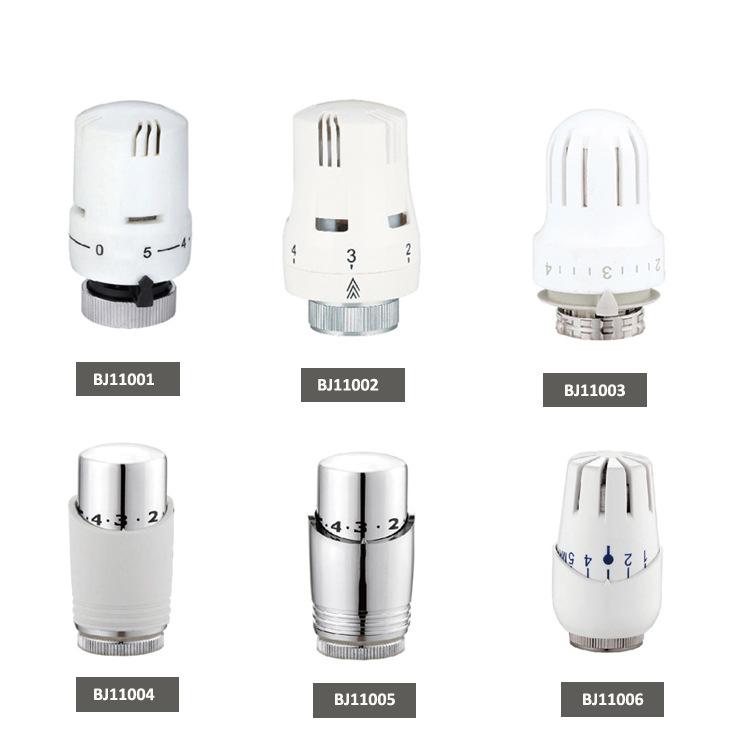What is a heating radiator valve?
Click:257 / Publish:2023-06-04 14:35
The radiator valve is the most common accessory of the radiator system. Heating is often used in the north in winter. The opening and closing direction of the heating valve has a certain influence on the heating. The opening and closing direction of the heating valve is more reasonable. What about? And what are the types of heating valves? It may be a topic that everyone is more concerned about.

1. Safety valve is mainly used for pressure relief when the medium is overpressured to protect equipment and systems. In some cases, the micro-lift hydraulic safety valve can be modified to be used as a system constant pressure valve. There are many structural forms of safety valves, which are represented by "Y" in the valve model.
2. Common radiator valves: check valve, also known as check valve or one-way valve, it allows the medium to flow in one direction. If the pressure behind the valve is higher than the pressure before the valve, the check valve will automatically close. There are many types of check valves, mainly including: lift type, swing type, etc. The lift-type valve body has a large pressure loss, so it is less used in the new heat exchange station system. Indicated by "H" in the valve model.
3. Common radiator valves: globe valves are used to cut off the flow of media, have certain adjustment performance, and have large pressure loss. They are often used in heating systems to cut off the flow of steam. In the valve model, "J" is used to represent the globe valve.
4. Common radiator valve: gate valve is used to cut off the flow of the medium. When the valve is fully opened, the medium can pass through like a general pipe without changing the flow direction, so the pressure loss is small. The regulating performance of the gate valve is very poor, and the gate valve is represented by "Z" in the valve model.
5. Common radiator valves: butterfly valves are adjusted and switched by changing the angle of the valve disc. Since the valve disc is always in the middle of the flowing medium, the resistance formed is large, so it is less used. Indicated by "D" in the valve model number.
Second, the opening and closing direction of the radiator valve
Heating thermostat valves are generally spherical valves. The valves are generally adjusted before leaving the factory. There should be only two directions. When the handle is moved along the pipeline, it is opened, and rotated 90 degrees to close. If some radiators are not hot, most of the problem is that there is air damping in the heating cavity, how to turn on the heating switch to prevent water.
The heating valve is a valve based on a handwheel. The use of this valve is that turning it to the left is half-closed, and turning it to the right is to open the valve. Generally, there are signs on the valve and arrows point. You can press the arrows on time. The direction is open, and the quality of heating is mainly installed. The technical content of heating is relatively high, the use time is long, and problems are easy to cause joint losses. Therefore, installation quality and after-sales service are the second life of heating. After you choose a high-quality, beautiful, and heart-warming heater, you must not ignore the important link of installation. The selection principle of heating installation is: professional, skilled, and guaranteed.
When testing the water, keep people at home and open the water inlet and return valves. The wind run should be off. Do not shake the heating, and the heating pipes should not bear any weight.
Non-professionals should not dismantle or modify the heater. During the heating season, the valve should not be switched on and off frequently, and the valve can only be fully opened or fully closed. When water leakage occurs, immediately close the water inlet and return valves.



